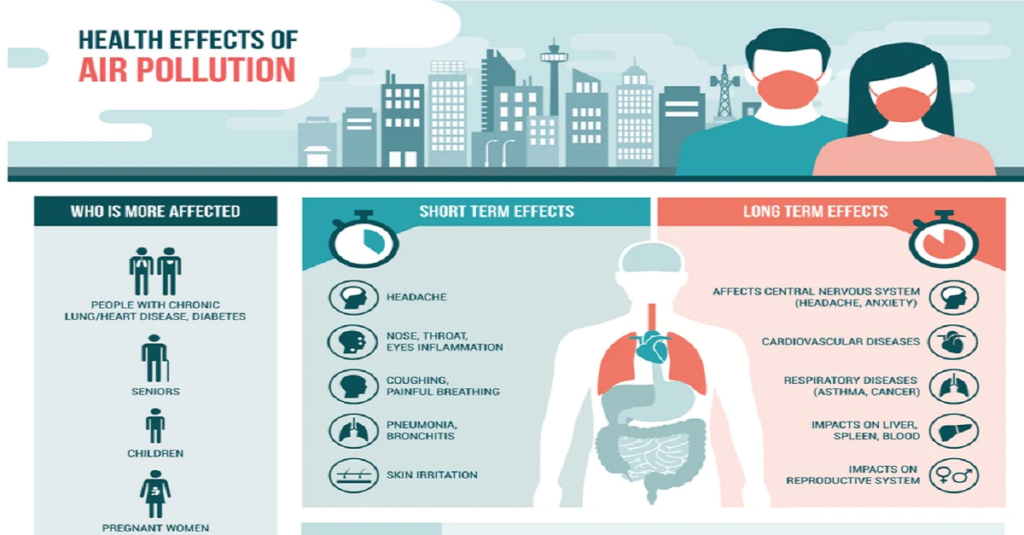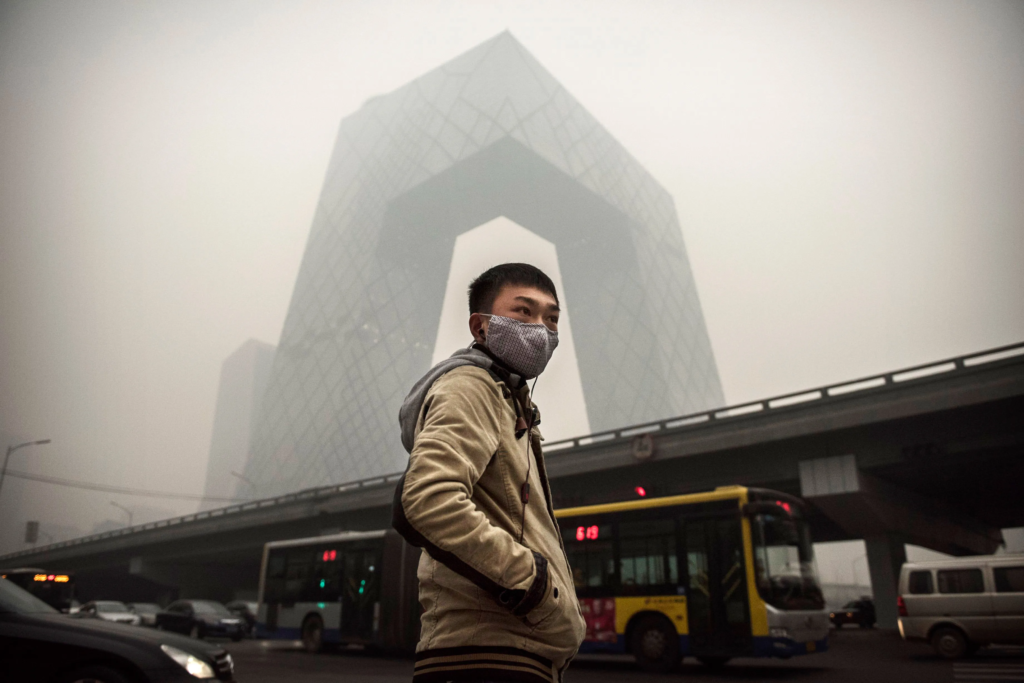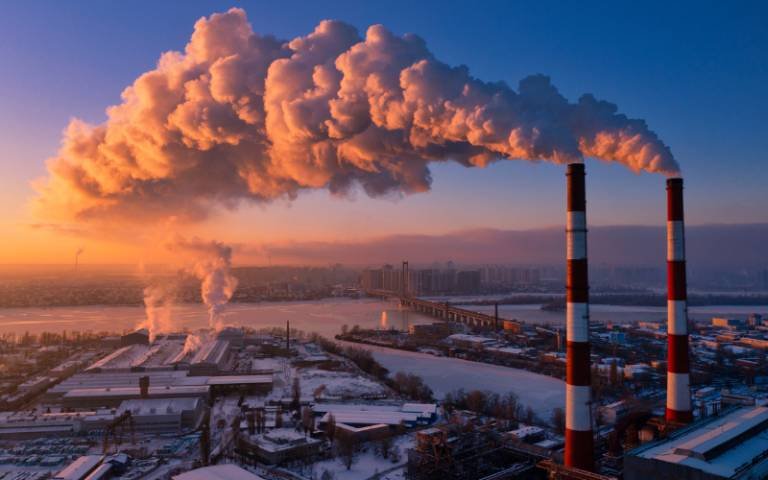In an era that boasts of technological advancement and unparalleled progress, most countries share one detrimental trait according to the World Health Organization (WHO): unsafe air. A recent study by the WHO, involving a comprehensive analysis of air pollution across 134 nations and regions, has led to a disconcerting revelation. Remarkably, only seven countries—Australia, Estonia, Finland, Granada, Iceland, Mauritius, and New Zealand—breathe air that meets the standards of cleanliness. Conversely, the rest of the globe inhales air tainted with varying degrees of toxicity, with countries in Asia and Africa, particularly Bangladesh, Pakistan, and India, bearing the brunt of this crisis.
Air Pollution: A Silent Killer
The implications of these findings are profound. Human survival hinges on four fundamental needs: food, water, shelter, and air. The compromise of any of these elements severely undermines the quality of life. Currently, the air we depend on for survival is under siege. Acknowledged as the leading environmental cause of death, air pollution is responsible for approximately 7 million fatalities annually worldwide. This staggering figure surpasses the combined deaths from AIDS and malaria, painting a grim picture of the air quality crisis.
The distressing status quo is underscored by the WHO’s meticulous scrutiny, which unveiled that the peril of toxic air is not evenly distributed. While the worst air quality predominantly plagues Asia and Africa, the distribution of pollution is alarmingly high in specific countries. Bangladesh, Pakistan, India, Tajikistan, and Burkina Faso emerge as the front runners in this dire race, with pollution levels significantly exceeding the WHO guidelines.

Further aggravating the situation is the urban dimension of the crisis. An analysis of 7,800 cities worldwide led to the identification of 100 cities with the most severe air pollution, 99 of which are in Asia, and 83 are in India alone. Begusarai, a city in the state of Bihar, India, demonstrates the severity of the predicament, with pollution levels 23 times higher than the WHO’s guideline, followed closely by Goha in Assam and the capital city, New Delhi.
China’s struggle with pollution, particularly in Beijing, which saw a resurgence of pollution levels in 2023, underscores the complexity of addressing this issue. Despite declaring a “war against pollution,” the challenge persists, exacerbated by economic activities and, by extension, fossil fuel emissions—which remain the primary culprit globally, responsible for one in five deaths.

The roots of soaring pollution levels are multifaceted, encompassing vehicle traffic, agricultural and wood burning in Asia and Africa, and wildfires in North America. Yet, the overarching villain across continents is the reliance on fossil fuels. This dependency not only propels air pollution but also thwarts global efforts aimed at mitigating the crisis.
Read More:- What Are India’s Electoral Bonds: Unveiling The Controversy?
As the world grapples with the ramifications of polluted air, the quest for a solution remains elusive. Discussions and research on combating air pollution have yet to translate into actionable measures, leaving billions to inhale toxic air as a daily reality. The WHO’s report is not just a wake-up call; it’s a siren signaling an urgent need for global action against a threat that endangers our most basic need – clean air.
Do you like Anime? Go to Pop Media Pulse
